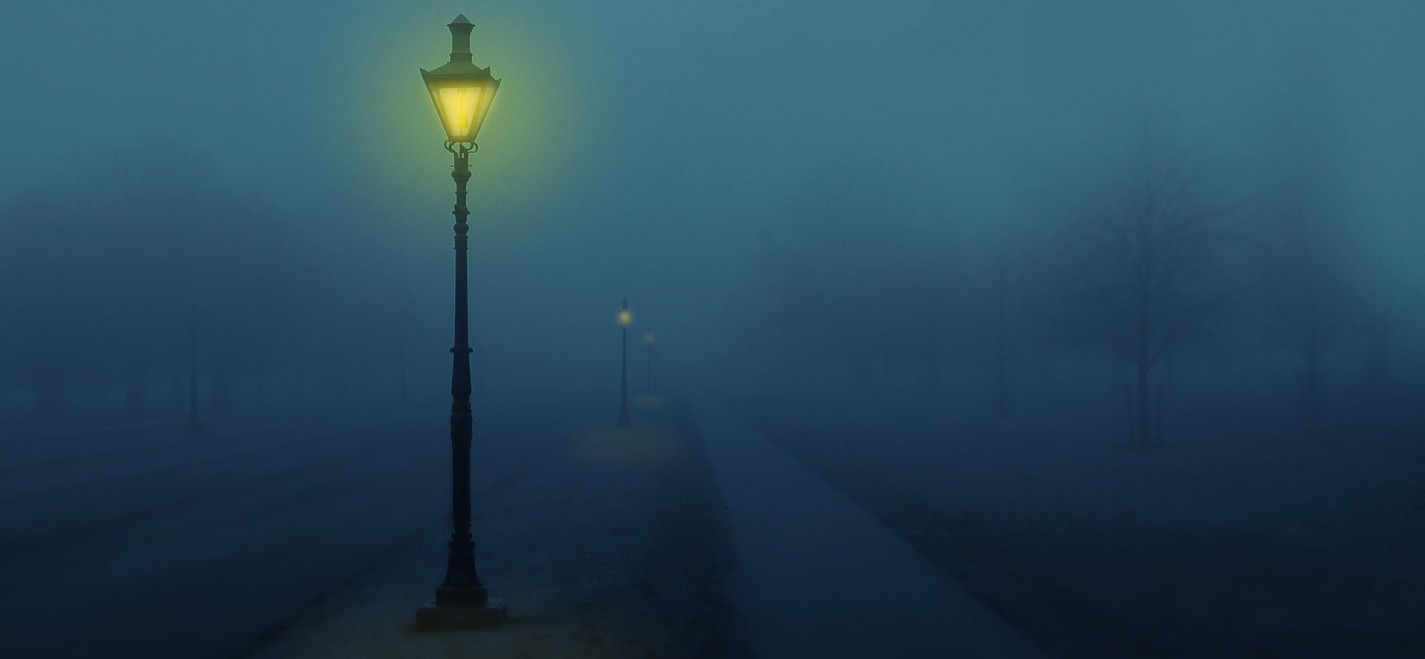The light switch. It is probably the most common thing in the majority of households in this (western) world. One click and there will be light in the whole room. But this was not always that way.
It was only 141 years ago that the first electric light bulb was invented and brought light into the dark, not only in the metaphorical sense. It is well known that after nightfall it was quite dark in the streets and most households, only open fires or oil lamps provided a little light. During the Industrial Revolution, electricity spread first in the form of lighting, then in the form of various motors and drives, and thus electrification took its course.
But how does the “electricity” now get into the “light bulb”? This required certain lines that had to be laid thousands of kilometers across the country, thus laying the foundation for today’s power grids. This topic was also dealt with by the thinkers and inventors of the time, such as Thomas Alva Edison, who also invented the first model of the electric light source, the “light bulb”. At that time, the electricity networks were still quite simple and mainly connected the producer with the user. The distribution of energy through electrical networks, with which surplus energy could be passed on to users or even several producers could be combined for trouble-free operation, were probably the greatest advantages of the new electrical energy supply.
In the beginning, there was still competition between the two types of electricity networks; the direct voltage networks and the alternating voltage networks. In the early days of electrical power engineering around about 1880, there were mainly small and local power grids in the form of island grids that operated with direct current. Alternating voltage networks came onto the market more slowly, but have become established and are the network standard today.
The first networks were mainly used to light streets, industrial plants and later also residential areas, thus bringing permanent light to the often still very dark cities. The invention of the electric light bulb and the expansion of the electricity networks was extremely practical, as it was now possible to work efficiently in the dark. Electrification also had a major impact on the safety of the population, as crime on the streets at night fell significantly and accidents involving open fires in households were reduced.
We as morEnergy GmbH, founded 136 years after the invention of the first light bulb, are experts for power grids and energy supply and do not want to forget where we have our origins. Therefore we would like to start a mini series to give you an understanding of the history and the beginnings of electrification. Be curious about part 2, in which we take a leap into the modern age!

